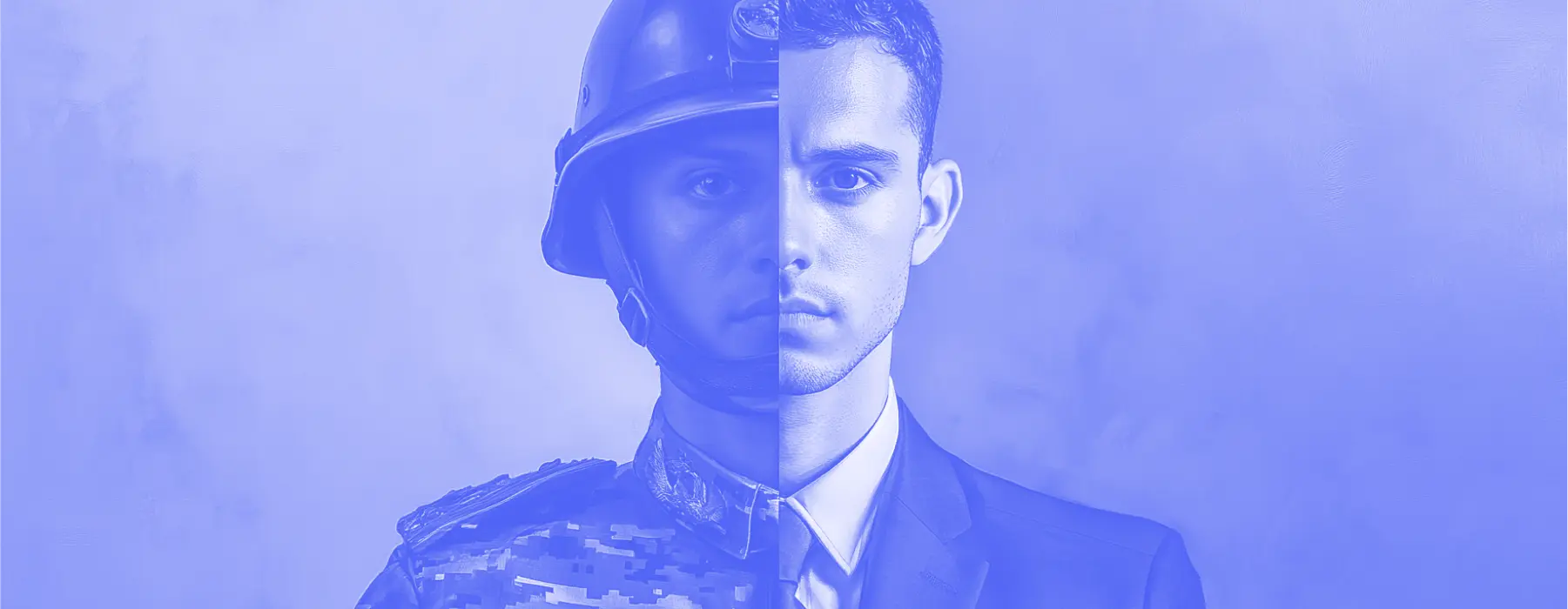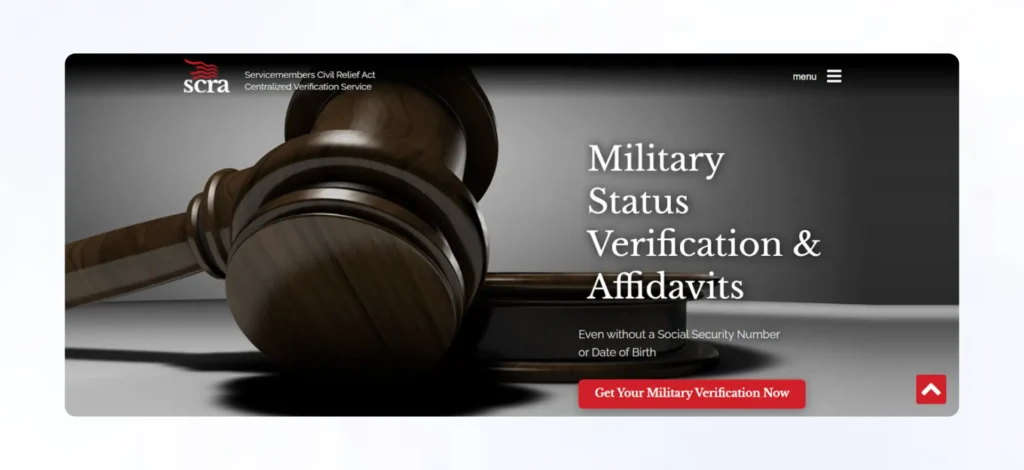

Someone online is claiming to be a soldier, but their story has loose ends or seems suspicious? Clarify whether it is a real military person or just someone who tries to steal your money with the assistance of OSINT techniques.
A Military Scammer Issue

Often times soldiers have a high level of social respect and social perks based on their status. That’s why fraudsters might use a fake soldier scam scheme for different purposes, such as:
- Dating Scams. Military imposters create fake online profiles of attractive soldiers to lure victims into romantic relationships. After establishing an emotional connection with a person, scammers trick them into sending money.
- Charity Scams. Fraudsters set up fake charities that claim to support soldiers or their families. They then solicit money from the general public who feel sympathy and respect for the soldiers.
- Veteran Benefits Scams. Fake soldiers exploit loopholes in government contracts and get perks that are allotted only to the veterans. These schemes are especially dangerous as they erode confidence in government programs and compromise the integrity of those who genuinely served.
- Emergency Scams. Here, scammers pose as soldiers in distress and claim to need money for medical expenses, travel costs, or other urgent needs.
How to Check If a Soldier Is Real?
Suspect that you’ve encountered a military scammer but don’t know how to check it for sure? Use OSINT tools and instruments to investigate the background of a person who is claiming to be a soldier.
What Is Servicemembers Civil Relief Act Centralized Verification Service?

In a nutshell, The Servicemembers Civil Relief Act Centralized Verification Service, or SCRACVS is an online platform that enables individuals and organizations to verify the military status of someone quickly and securely. It’s used by various entities, including creditors, landlords, courts, and others who need to determine if someone is on active duty or is a real military veteran.
Use SCRACVS for Military Status Verifications
Here’s a quick manual on how you can exploit SCRACVS database for your needs in a few clicks:
- Create a free account on the SCRACVS website with your email address to kick off the investigation.
- Provide the required information about the individual you’re checking such as name, date of birth, etc. You can also upload relevant documents if you have them on hand. A great advantage of SCRACVS is that it does not require to put in the Social Security Number.
- Be aware that SCRACVS charges a per-name fee for each verification. However, the money you must pay is $40.00, so the service is relatively affordable.
- The Centralized Verification Service attempts to process all queries within 24 hours. You’ll receive the verification results, indicating whether the person is a real soldier on active duty or not. If needed, you can also request a notarized affidavit. If you don’t get a response for a long time, contact the Service via email address at [email protected].
Check With X-Ray Contact

If you are not based in the US but still need to double-check someone who is claiming to be a soldier, apply OSINT tools to look up anyone no matter the location. Employ X-Ray Contact as a platform to investigate a suspect based on such search channels as Name, Email Address, Phone Number, Image, or Social Media links. You can verify the identity of suspicious soldiers with X-Ray Contact even if you have never tried such instruments before. Follow these instructions:
- Visit the “Platform” part of the website to start the research process.
- Select an option of any search channel you have access to based on what personal details you have, from name and email address to a photo.
- Wait until the program compares your input data to the results of 33+ providers. If the target info has been mentioned in any one of them, you will get a report with in-depth findings about employment, location, relations, education, etc. Then, compare this data to what the suspect has told you.
Also, try out the Username Search feature located in the sidebar to get the latest info about the user’s digital footprint.
Red Flags of Fake Soldiers

If you have a gut feeling that someone you know did not really serve in the military, pay attention to these common signs that someone is actually trying to scam you:
- Vague Descriptions. They avoid giving specifics about their rank, unit, office, deployment location or address, or military duties. Trying to ask detailed questions to clarify whether a suspect can describe their military experience with confidence.
- No Proof of Service. They can’t provide any military identification, discharge papers, or other documentation to validate their claims. Fake soldiers often get angry and try to emotionally manipulate you into feeling guilty if you demand tangible evidence before giving them money.
- Inconsistent Stories. Their narratives about their service change over time, have major contradictions or seem implausible. Most likely, they conjure up stories on the go.
- Knowledge Gaps. They are not aware of basic military terminology, customs, traditions, or procedures. For example, fake soldiers might not use army slang and not know the difference between a “platoon” and a “squad.”
- No In-Person Meetings. Scammers always have excuses for not meeting face-to-face or video chatting as they often use photos of other people for their dating site profiles.
- Patriotism Exploitation. If you doubt them, imposter soldiers press emotionally and question your respect for the military to make their claims seem more believable. They make you feel guilty if you question their stories or hesitate to provide help.
- Sob Stories. They always come up with narratives about being stranded, injured, or facing other hardships to elicit sympathy and money.
Conclusion
Trying to unmask a military imposter is not as hard as it seems. Having basic data on hand is enough to receive a SCRACVS email address report and look up a suspect with X-Ray Contact. Always follow these procedures before giving money to those who claim to be soldiers.


